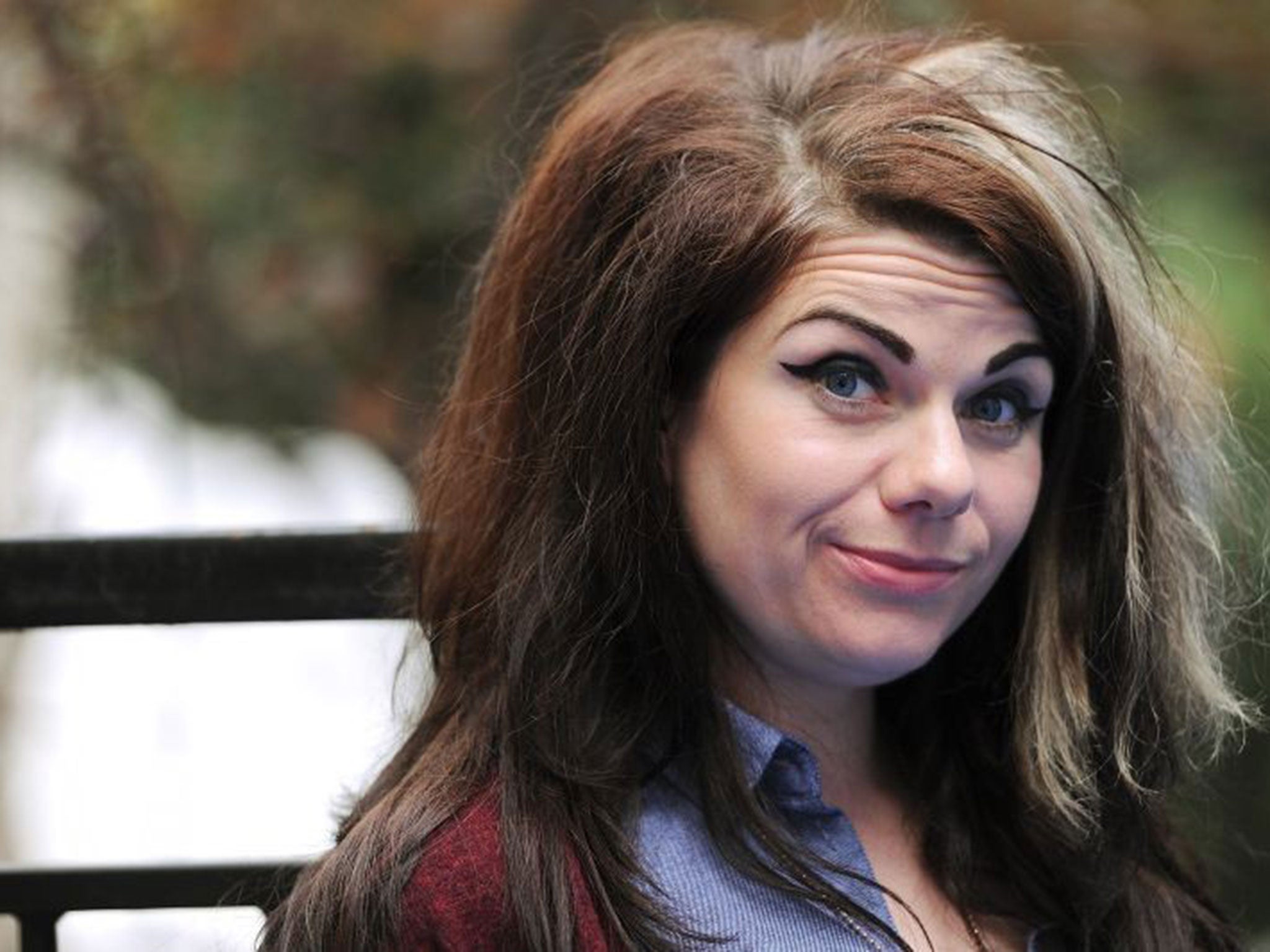How to Build a Girl, by Caitlin Moran, book review: Potato-peeler strikes a blow for teenage liberation

I can pinpoint the moment I fell for Johanna Morrigan, the filthy, hopeful, sparky heroine of Caitlin Moran’s second novel. It’s 1990. It’s Wolverhampton. Which “looks like something bad happened to it”. Something bad did happen to it, her father explains: Thatcher. Johanna’s in the kitchen peeling potatoes to feed her family of seven (five children, including the recently-arrived Unexpected Twins, her feckless father, and her mother, who is poleaxed by postnatal depression), and where another heroine would wallow in self-pity, she says, instead, “I love this peeling knife. It fits so snugly in my hand. Together, we must have peeled tonnes of potatoes. We are a good team. It is my Excalibur.”
Like one of her favourite literary heroines (and mine too), Anne of Green Gables, Johanna is cheerful and resourceful. She sees herself as heroic, wielding her knife like King Arthur wields his sword – and so she is. Terrified that her family’s benefits are going to be cut, she sets out to save them, and becomes a top music journalist.
If this sounds a bit familiar, well, despite the author’s note insisting this is fiction, Moran is clearly mining the same seam she used in her feminist primer How to Be a Woman and the pilot of her sitcom Raised by Wolves. But who cares? It’s fantastic material, she has so much fun with it, and while I sometimes found the comedy in How to Be a Woman a bit relentless, a bit at odds with the subject, I whizzed through this book, laughing at every page. It’s hilarious. I particularly loved the moment when she is crying in the arms of a rock star, “completely wrapped up, and inside him, like an owl inside a hollow tree”.
Of course, Moran also writes brilliantly about music, and especially about what music can do. Johanna loves bands that are “vengeful, literate and odd”, all the “sexy, clever, angry freaks”; the Manic Street Preachers, Suede, Courtney Love, the Riot Grrrls. “Hibernating – incubating – pupating in my bedroom – I feel I know these freaky bands ... totally: they, too, have lain under their beds, knowing that they can’t be who they are any more, and that they need to build a bigger boat. They are all in the furious, messy, white-light act of self-creation, trying to invent a future they can be in.”
Moran’s liberating theme is that we don’t have to be trapped by circumstance; we can make ourselves up. So Johanna invents a persona for herself, a persona collaged from her heroes and heroines, calling herself Dolly Wilde (after Oscar’s niece), applying “swooshes of black eyeliner” and adding a top hat, in homage to Slash from Guns N’ Roses. Pretty soon she gets her first kiss and “My heart explodes like a swarm of bees.”
Then things go wrong. Caught up in the snide, sneery world of music criticism, she stops writing about bands she likes, and starts writing nasty, cruel take-downs. She gets lost in her own persona. I won’t spoil the ending, apart from to say that Moran isn’t one to leave her heroine in the lurch. She carries Johanna through this novel with incredible verve, extravagant candour, and a lot of heart. There is real peril. Here she is, on her fear that her family will go under: “In later years, I can always recognise someone else who received this shot of fear at an early age – other kids from frangible houses; kids who felt the sand collapsing under their feet; kids who sat awake in the dark, imagining their whole families burning down, and planning who to save first from the future, and the flames.”
And, on her unemployed uncles: “Dockyard workers, car-plant workers, miners – big men sitting restlessly on tiny sofas in tiny houses, on the dole.” This is a book that argues fervently against cynicism.
So, it’s a little disappointing when Johanna vanishes and Moran’s voice intrudes. This happens mostly in the sex scenes, which are extensive and often joyful – excellent riffs on Shirley Conran and Jilly Cooper – but also sound like Moran’s forgotten her heroine is a teenage girl. Here, and when she sometimes gets on her columnist’s soapbox, it makes it hard to believe in Johanna.
Which is a shame because Johanna is (mostly) a wonderful heroine. A heroine who cares, who bravely sallies forth and makes things happen, who gives of herself, who is refreshingly unashamed. The kind of heroine who gets stuck in a hot bath because it’s the only thing that will calm the pain of cystitis, but, when an entire band show up, wanting to party, simply slings on a petticoat to protect her modesty and joins the party from the bath, her hair piled on top of her head and held with a knitting needle. She’s so confident, it’s glorious.
‘How to Be a Heroine: Or, what I’ve Learned From Reading Too Much’, by Samantha Ellis, is published by Chatto & Windus
Subscribe to Independent Premium to bookmark this article
Want to bookmark your favourite articles and stories to read or reference later? Start your Independent Premium subscription today.

Join our commenting forum
Join thought-provoking conversations, follow other Independent readers and see their replies